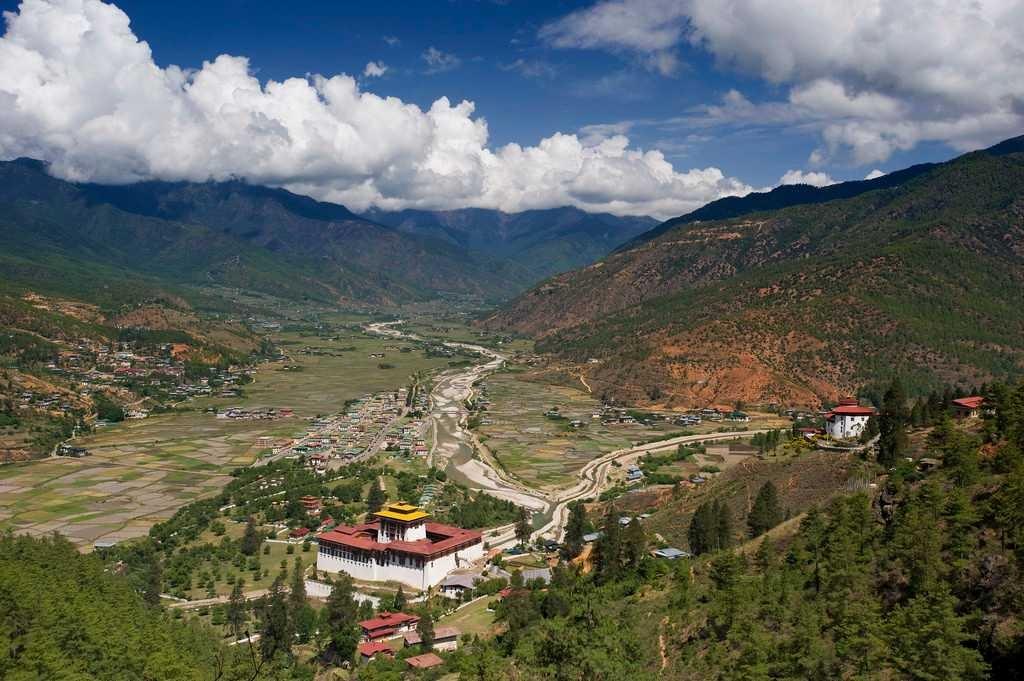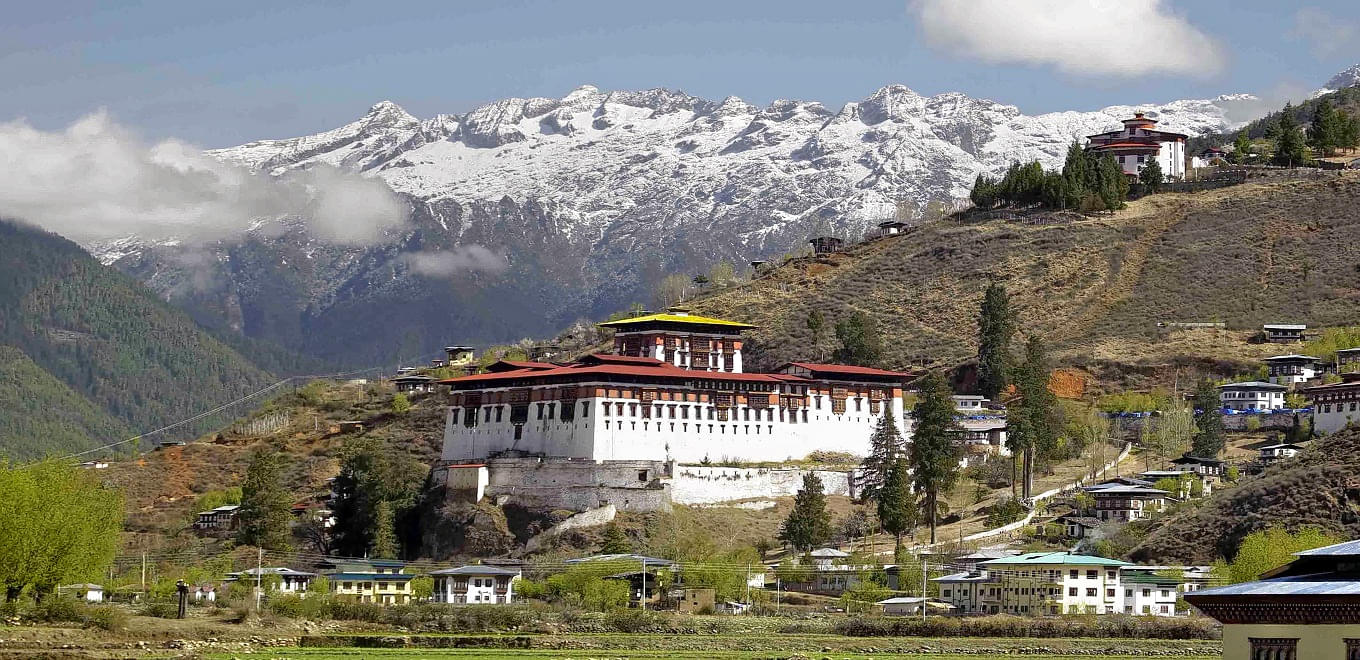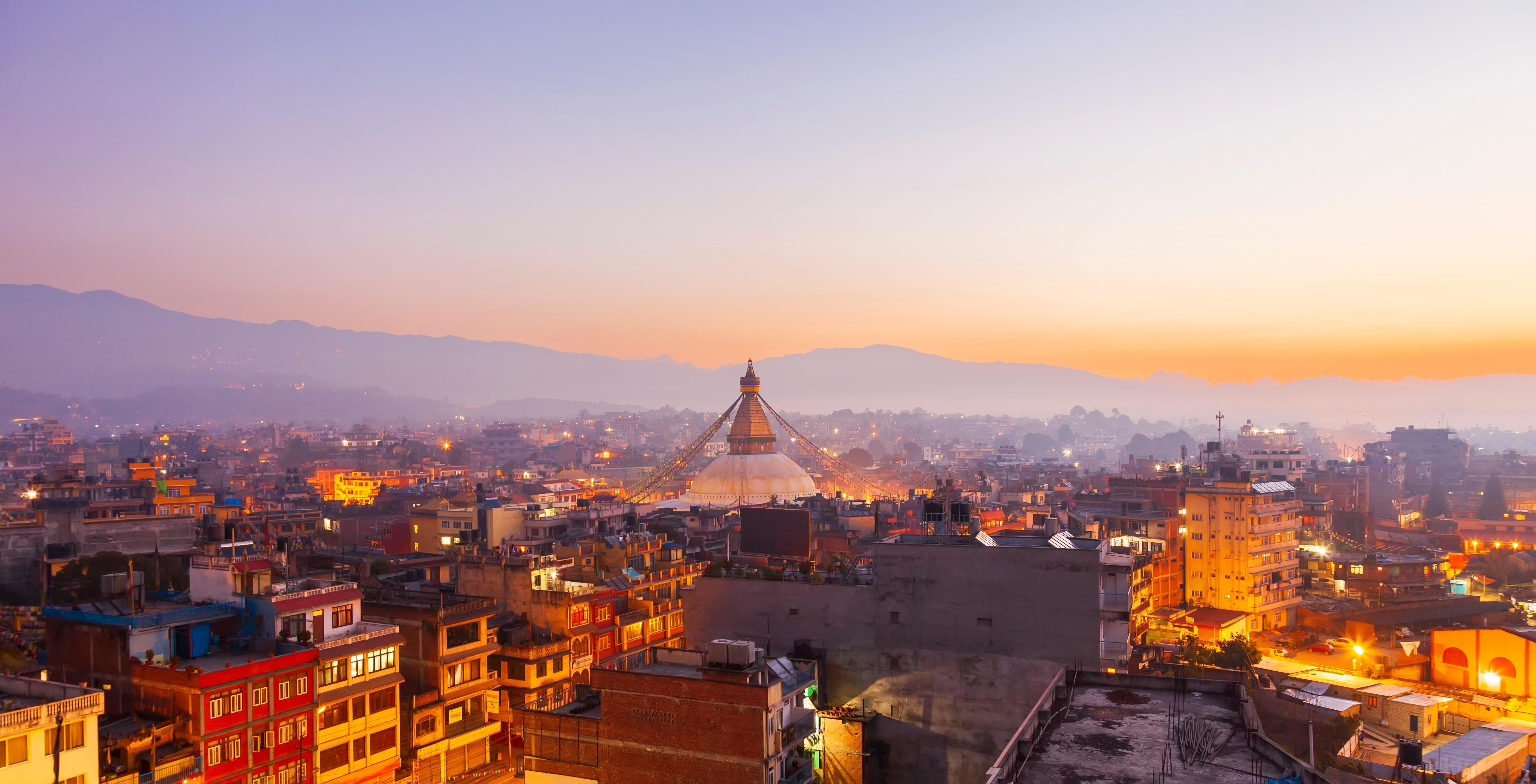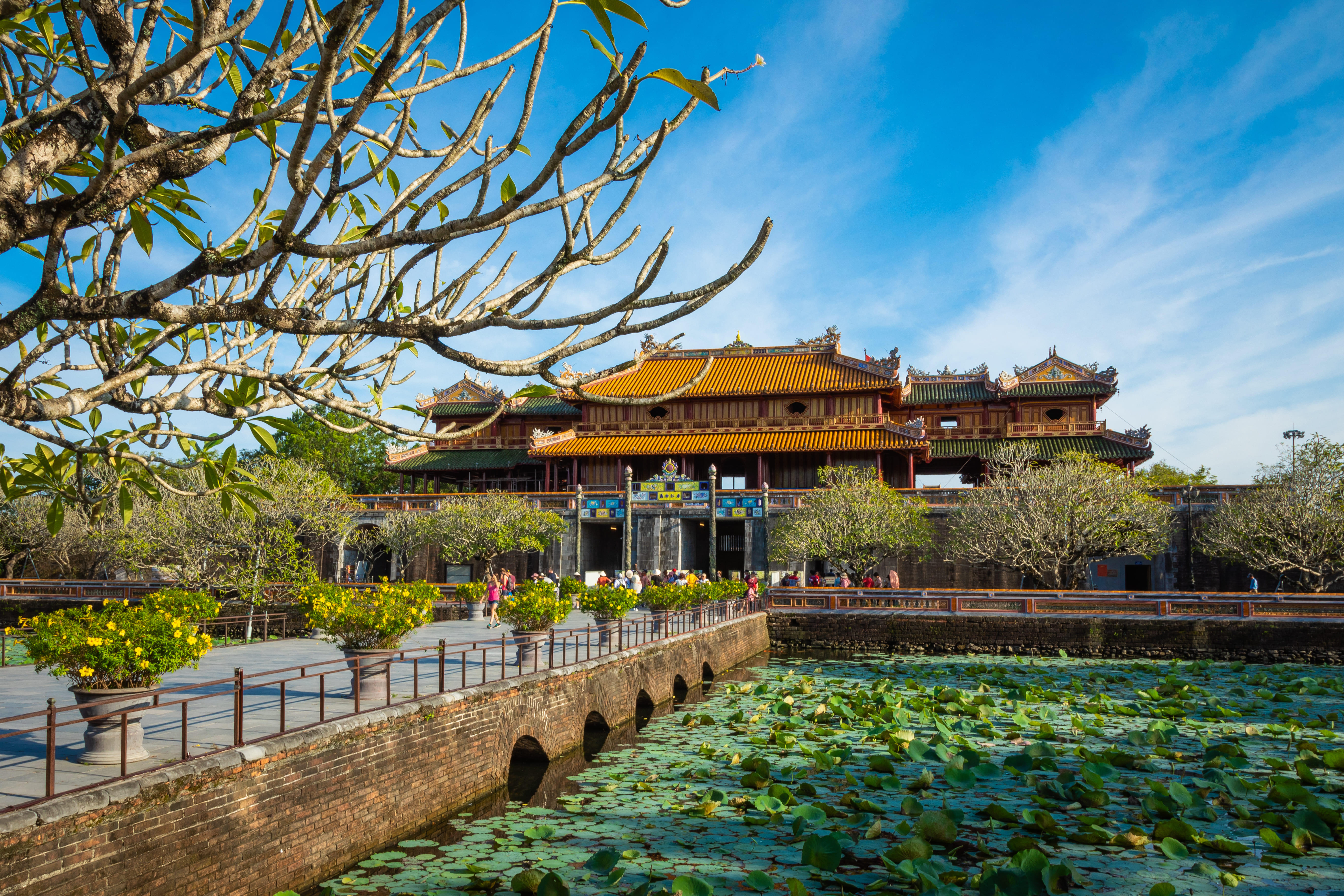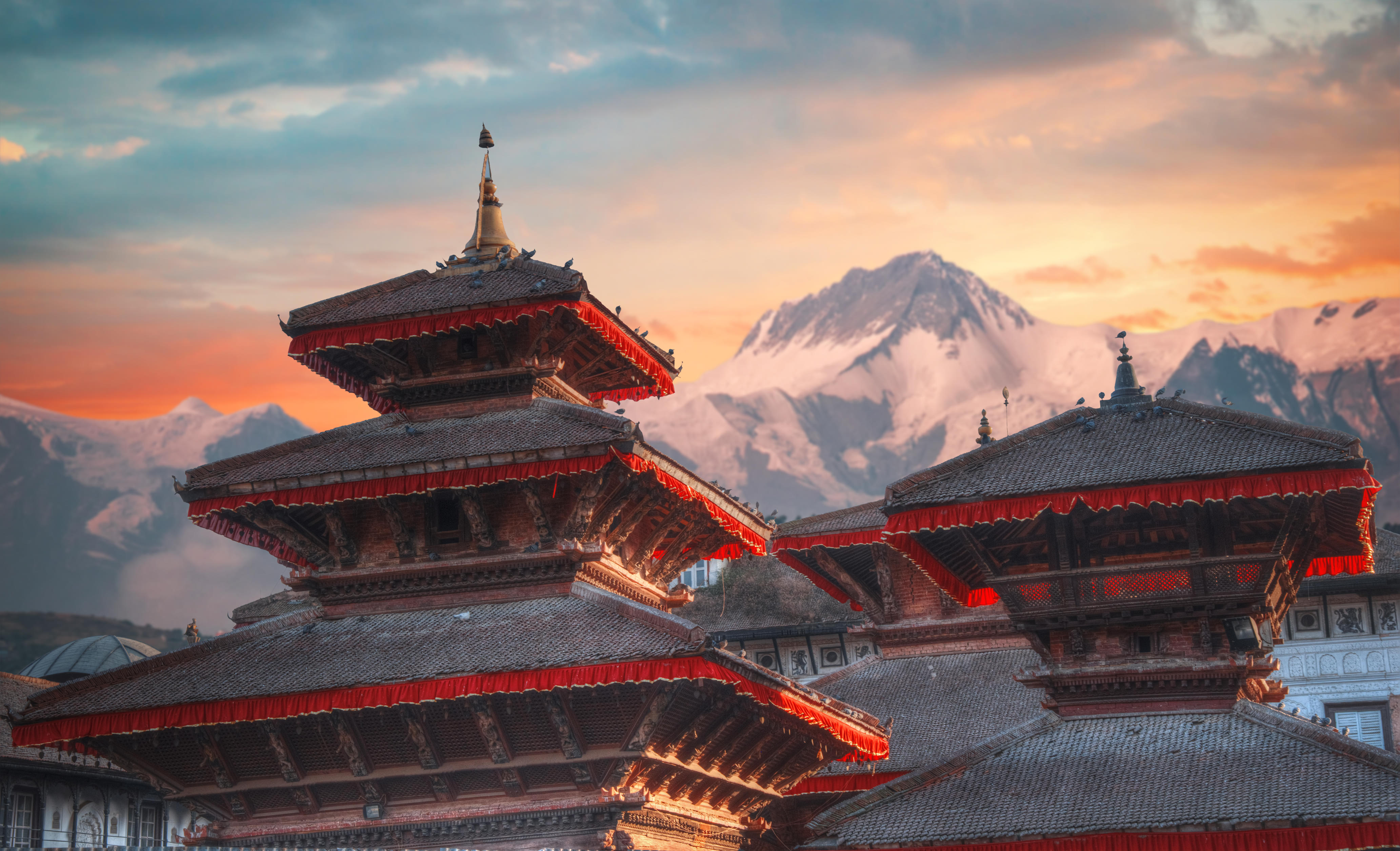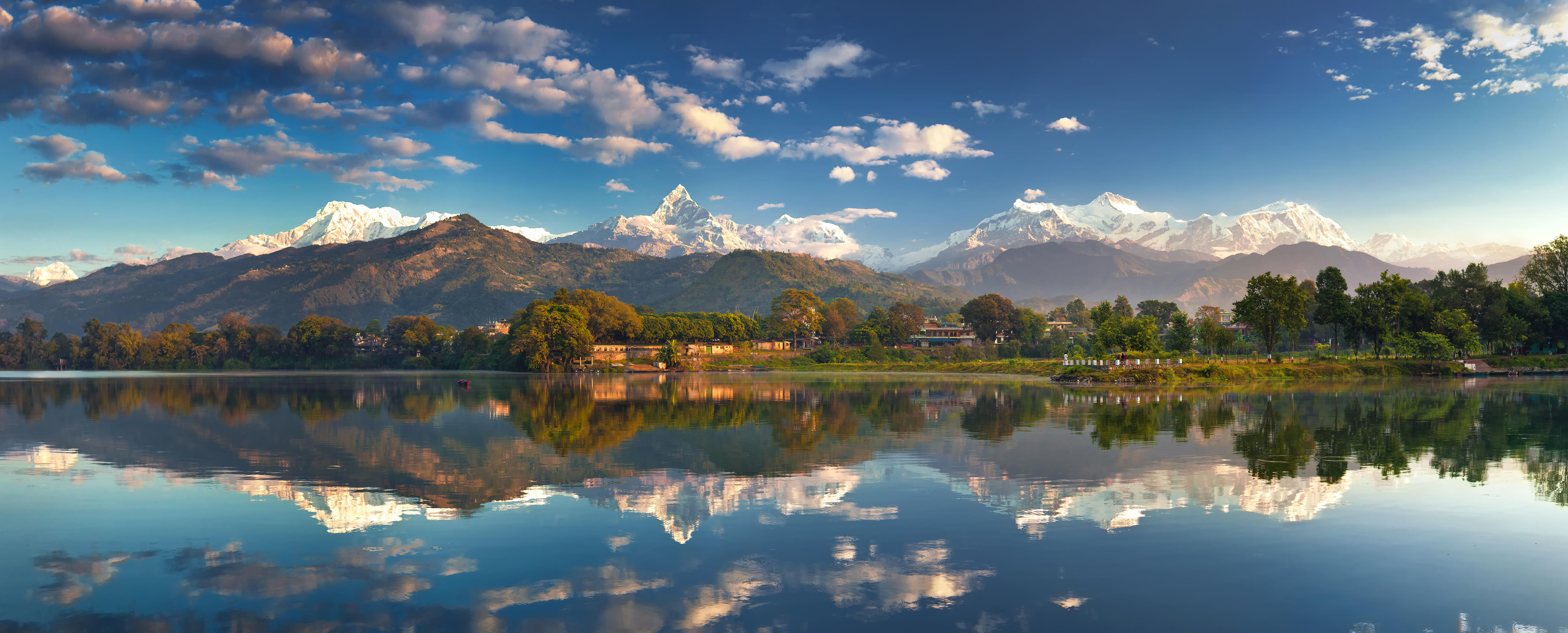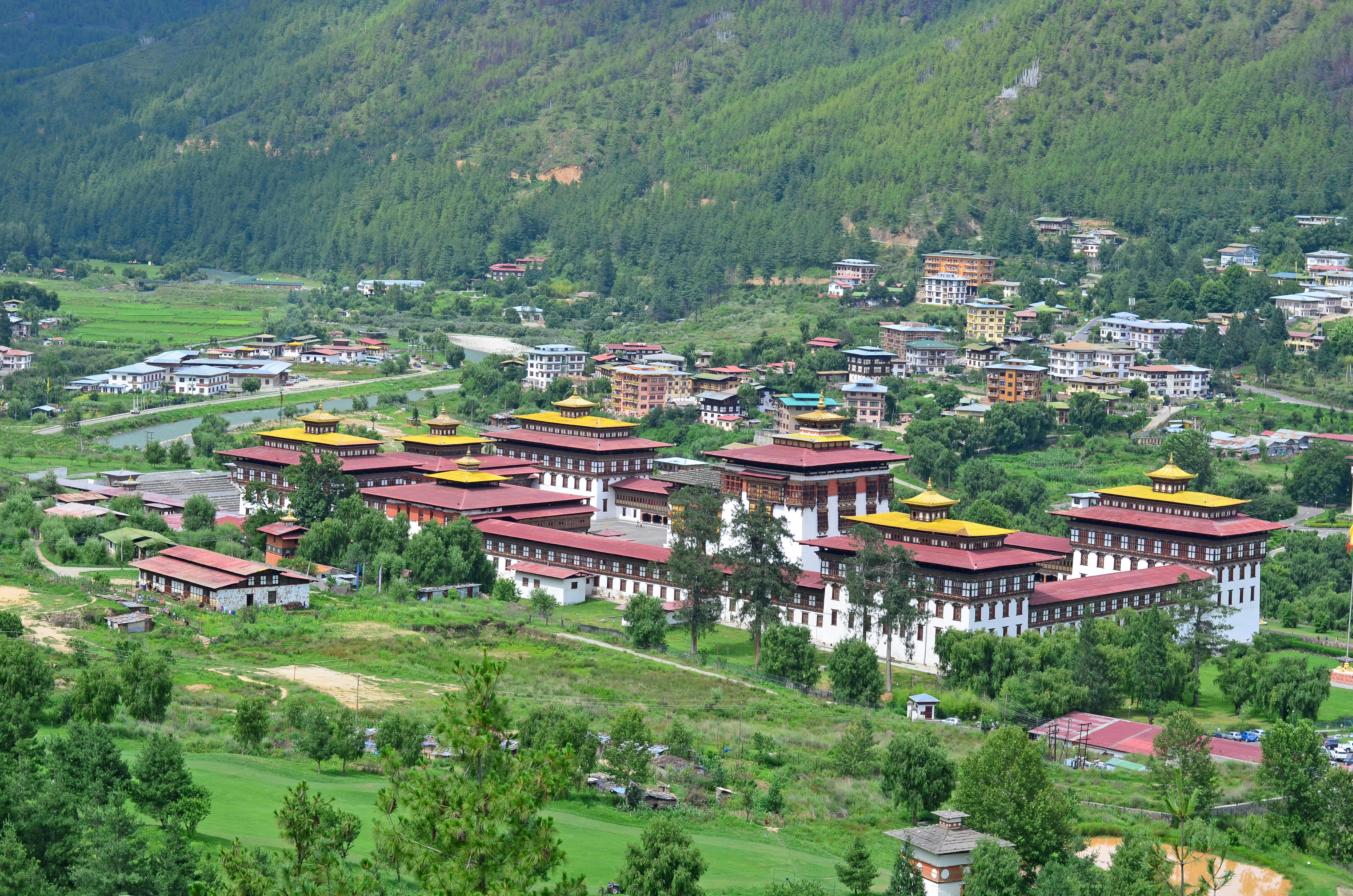About Phobjikha Valley
Phobjikha Valley, nestled in central Bhutan's Wangdue Phodrang District, is a stunning natural haven shaped like a bowl due to its glacial past. It is situated on the edge of the Jigme Singye Wangchuck National Park, offering striking views of the Black Mountains. The valley is famous for being the winter home to endangered black-necked cranes, which flock here from Tibet to escape the cold. This serene setting also boasts diverse wildlife like leopards, Himalayan black bears, and foxes.
The valley is also quite culturally significant and is home to the 17th-century Gangtey Monastery. The Monastery sits high on a ridge overlooking the valley and is surrounded by nature trails that let you explore its beauty. Annual festivals like the Black-Necked Crane Festival celebrate these rare birds and promote conservation. Whether you are a nature lover, culture enthusiast, or adventure seeker, Phobjikha Valley is a pristine retreat that captures Bhutan's spirit.
Phobjikha Valley Highlights
• Explore the serene Phobjikha Valley, a U-shaped glacial haven surrounded by mountains.
• Witness the graceful black-necked cranes that migrate to Phobjikha Valley in winter.
• Discover the 17th-century Gangtey Monastery, offering breathtaking views over the valley.
• Hike the scenic Gangtey Nature Trail for stunning landscapes and rich biodiversity.
• Enjoy the vibrant Black-Necked Crane Festival, celebrating these majestic birds' arrival.
How To Reach Phobjikha Valley
1. By Road: Phobjikha Valley is located 129.5 kilometres from Thimphu.
2. By Car: From Thimphu, continue southeast on the Thimphu-Wangdue Phodrang Highway for 66.9 kilometres until reaching Wangdue Phodrang. The final stretch is about 63.1 kilometres from there, leading directly into Phobjikha Valley. The journey by car from Thimphu can take around 4 to 5 hours.
3. By Bus: Public buses from Thimphu to Phobjikha Valley run on Thursdays and Saturdays. From Thimphu, transfer to a bus heading towards Phuentsholing and then to Wangdue Phodrang. From there, you can take a direct bus to Phobjikha Valley. However, arranging this journey in advance is advisable as schedules can vary.
Best Time To Visit Phobjikha Valley
Phobjikha Valley is a beautiful destination to visit all year round, offering different highlights with each season. The valley’s serene beauty, rich wildlife, and cultural heritage will always delight you.
1. Best Season: A visit from October through December is ideal, with temperatures ranging from 5°C to 8°C. These months bring clear skies, perfect for spotting the black-necked cranes and attending the Black-Necked Crane Festival in November.
2. Best Day of the Week: Weekdays are best for a visit, as there are fewer tourists. These days provide a quieter experience exploring the valley’s peaceful trails, Gangtey Monastery, and local villages.
3. Best Time of the Day: Opt for early morning or late afternoon visits, as they offer beautiful photography lighting, with soft sunlight enhancing the scenic landscape. These times also tend to be calmer, allowing you to enjoy the valley’s tranquillity.
Explore Gangtey Monastery
Nestled on a hillside, Gangtey Monastery grants you panoramic views of Phobjikha Valley. This 17th-century Buddhist Monastery is steeped in history and spirituality. In addition to stunning architecture, the Monastery has deep-rooted connections to the revered saint Pema Lingpa. Join morning prayers and feel the peaceful energy reverberate through the sacred halls. The monks’ chants and incense fill the air, creating a calm environment. The serene landscape below will leave you breathless as you stand on the balcony. The Monastery, known for its grand Black-Necked Crane Festival, highlights local culture and is a sanctuary for reflection.
Hike the Gangtey Nature Trail
Immerse yourself in Phobjikha Valley's untouched beauty on the Gangtey Nature Trail. This two-hour hike is ideal for beginners and leads you through lush rhododendron forests and quaint villages. Along the way, you will encounter yaks, colourful prayer flags, and breathtaking views of the surrounding mountains. The trail ends at Khewa Lhakhang, an ancient temple where you can pause and soak in the tranquillity of the valley. The sounds of birds and the crisp mountain breeze will accompany you, making this hike a sensory delight.

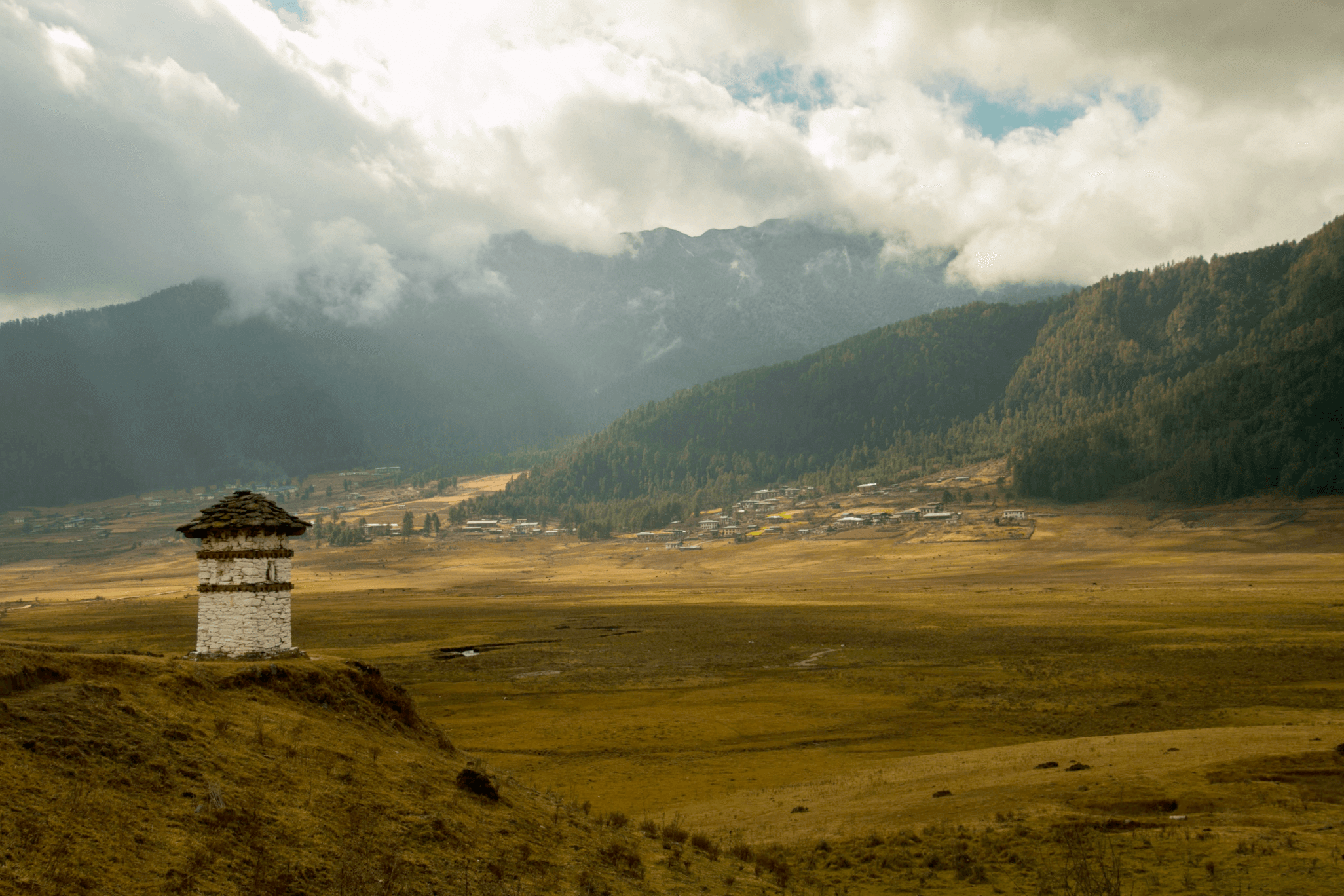
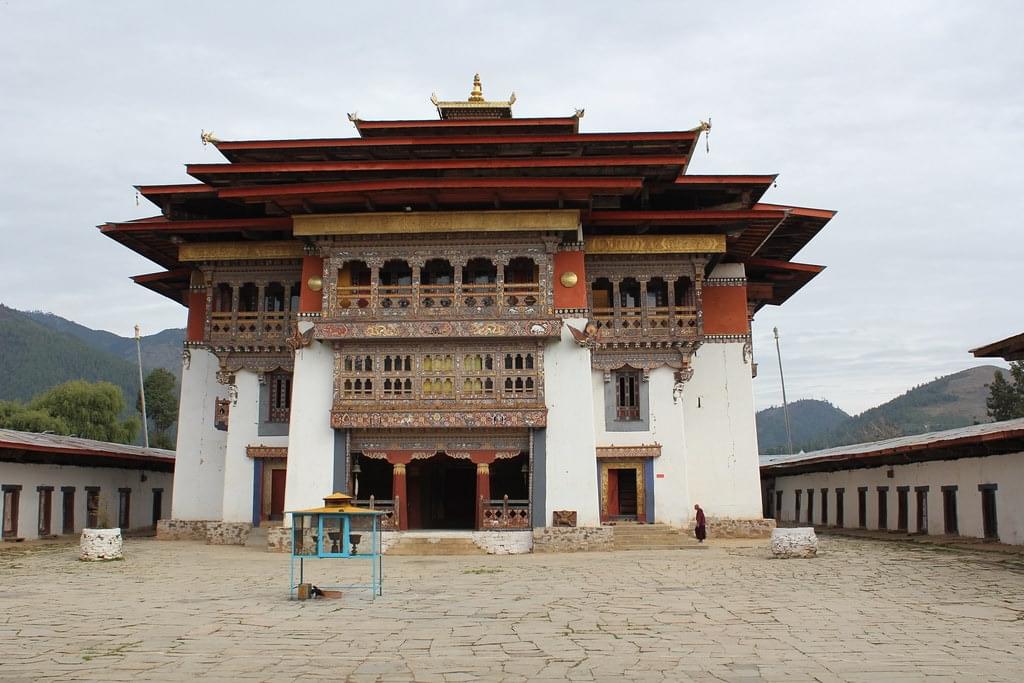
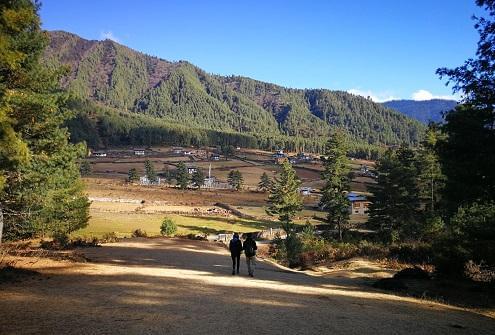
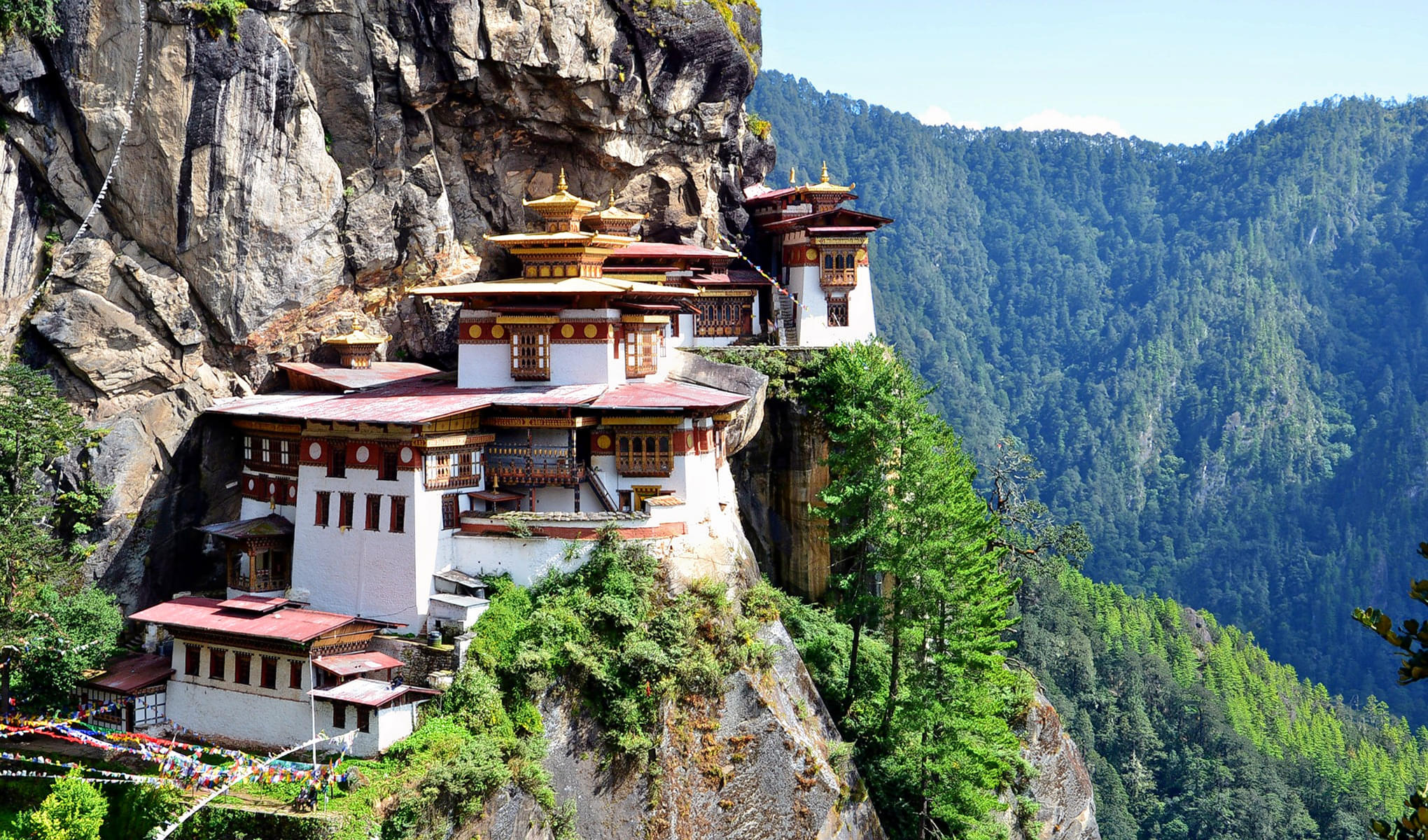
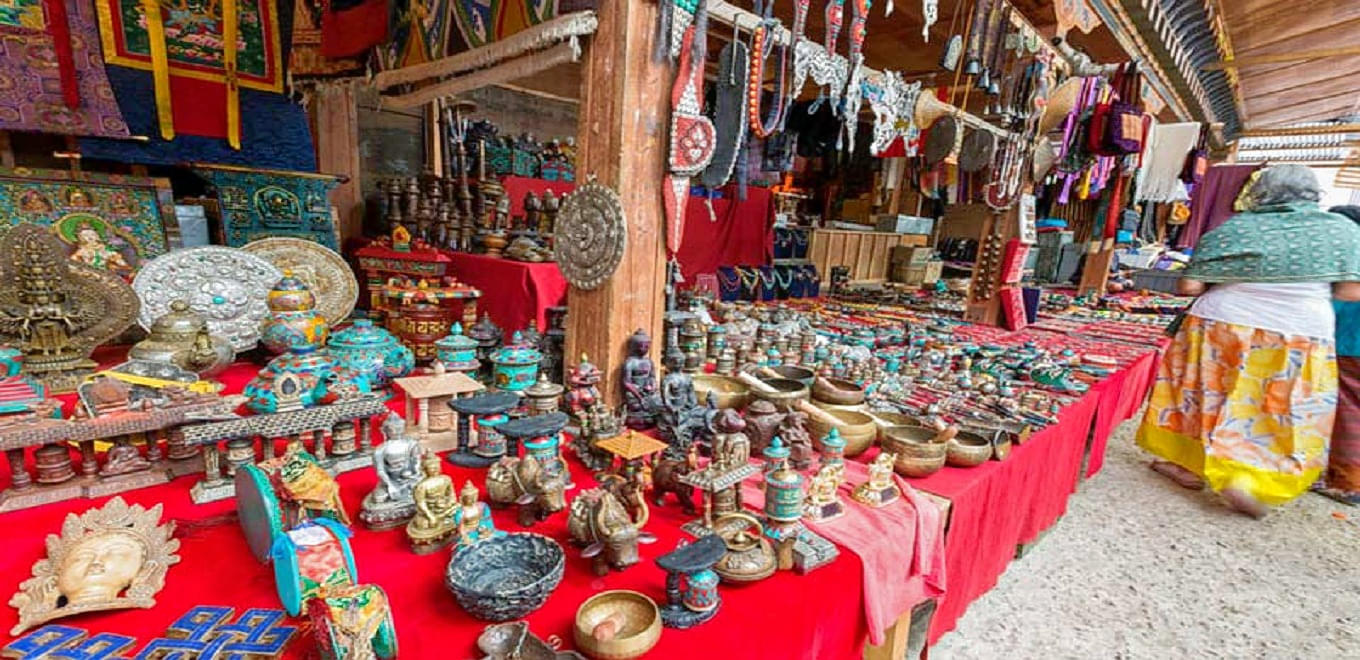
.jpg)

